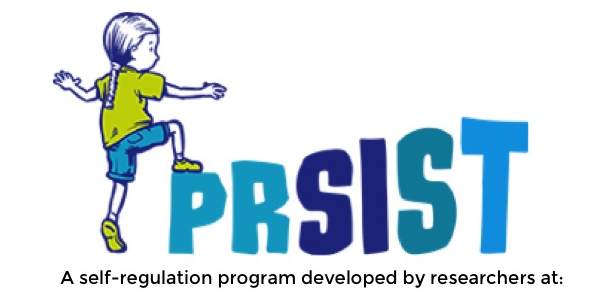
Favourite Things
What to do: Have children stand in a circle and give a ball or beanbag to one of the children. Explain that you want each child to name their favourite thing in a chosen category (e.g., vegetable, animal, day of the year, number, type of weather, place to visit). However, tell the children they can’t repeat what someone else has said. If someone else says their favourite first, they must choose their next favourite. Have the child with the ball/beanbag name their favourite, and then toss or roll it to another child. That child must then name their favourite, and toss/roll to another child, and so forth. Children who repeat something that has been named are ‘out’. Rather than exclude them from the game, have them work with you to identify when something is repeated. They can then swap back into the circle when the next child is ‘out’. Make sure to choose categories that are aligned with children’s interests, current topics or themes, or curricula.
Too easy? How to increase challenge: Have children repeat the last person’s favourite thing before adding their own.
Ideal formation(s): Small group, until children are familiar with the instructions.
What it does: This activity challenges children’s ability to take turns, listen carefully to each other, and also consider multiple competing sources of focus/information (i.e., on one hand remember what has been said, on the other hand catch and throw). This capacity to divide attention across multiple sources (e.g., listening to an instruction while at the same time playing with playdoh) increases with age and experience.
Links to EYLF:
- Demonstrate an increasing capacity for self-regulation; Persist when faced with challenges and when first attempts are not successful; Increasingly cooperate and work collaboratively with others (from Outcome 1.2)
- Show interest in other children and being part of a group; Display awareness of and respect for others’ perspectives (from Outcome 1.4)
- Make choices, accept challenges, take considered risks, manage change and cope with frustrations and the unexpected (from Outcome 3.1)
- Persist even when they find a task difficult (from Outcome 4.1)
- Apply a wide variety of thinking strategies to engage with situations and solve problems, and adapt these strategies to new situations (from Outcome 4.2)
- Contribute their ideas and experiences in play, small and large group discussions (from Outcome 5.1)
- Draw on memory of a sequence to complete a task (from Outcome 5.4)




